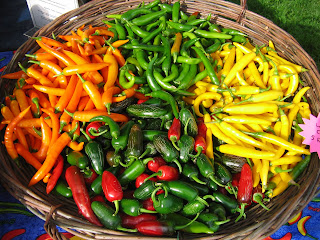Camelicious milk | Stuff.co.nz
Food
I made a promise in October last year that I would cook a 10 course degustation (not devastation) dinner and provide the wine to the first company or business people that set up a commercial dairy.
There is something special about tasting something that you know has been produced here in Marlborough from our own animals and not trucked out of the region in bulk and then returned in plastic some days or months later.
Lisa from Sherrington Grange, you are a true champion. Not only did I have goat milk butter last month but you are now providing fresh milk, goats' and cows', at the Marlborough Farmers' Market. I look forward to keeping my promise as you have delivered the goods.
Cows are not the only critters that produce milk for consumption. In fact, the United States is the only country in which cow's milk is more popular than milk from other mammals. The fact that New Zealand is following America in this mass production of primary products is of a concern, as a struggle to balance monocultures of food products is emerging. The sole function of milk in nature is as a food source, so it is not surprising that the nutritional value is high, even though milk is 85 per cent water
New Zealand cows' milk is a primary source for lots of things such as butter, cheese and milk powder, but maybe we have been sold on the wrong milk-producing animal. We should be looking at diversifying so that we are not reliant on just one bovine.
Milk from camels is a good staple food because it does not curdle like cows' milk and it has been used as a survival food for thousands of years by nomadic desert tribes (think coming climate change). Camels' milk contains six types of fatty acids such as lanolin acid, which helps control wrinkles and condition skin tone (think of all of the money we would save on makeup and Botox). Camels' milk contains high levels of insulin and antibodies that are good for regulating diabetes and other diseases. (We need to get our local health boards funding the herds of camels.) Unlike cows' milk, camels' milk is easily digestible for the lactose intolerant population. It also contains more vitamin C than cows' milk and is better for us.
I will cook a 15-course degustation dinner for the first person or business that set up a commercial camel dairy in New Zealand. I can see it now, camels grazing on our green pastures, being herded into milking sheds and chocolate and banana camels' milk being served in our local schools.
HOMEMADE YOGHURT
8 cups milk, cow, goat or camel
1/3 cup powdered milk (this is optional but will make a thicker yoghurt)
1/4 cup local honey, optional for sweetened yoghurt
1/2 cup starter yoghurt
Pour your milk into a large cooking pot. Heat the milk up to 85degC. Allow the milk to cool down to 43degC. If you want to speed the process up fill your sink with cold water and place the pot of milk in the water and stir. The temperature drops fairly quickly this way, so make sure to have your thermometer handy to keep checking.
Leave them there for 10 to 12 hours. Try not to disturb the jars too much. When the yoghurt is firm it is time to remove the jars and put them in the refrigerator to get nice and cold. Usually 12 to 24 hours.After you reach 43degC add the remaining ingredients and stir until everything is dissolved well. Pour this mixture into your ready and waiting jars. Put the lids on and put them into whatever place you are planning to incubate and culture them (hot water cupboard).
If you make and incubate the yoghurt during the day it can refrigerate overnight and be ready for breakfast the next day.


Comments
Post a Comment